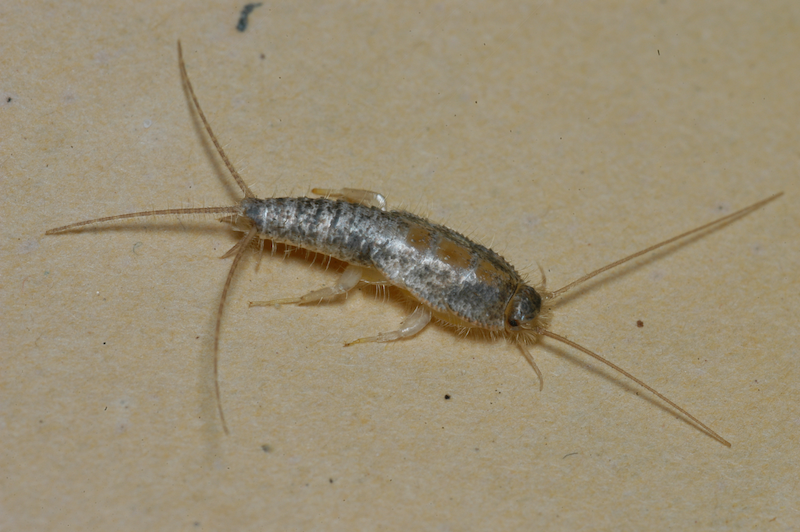Silverfish, Vol. 8, No. 19
Related News
July 10, 2015
June 29, 2015
June 17, 2015
Pages
Related Publications
Publication Number: P3367


